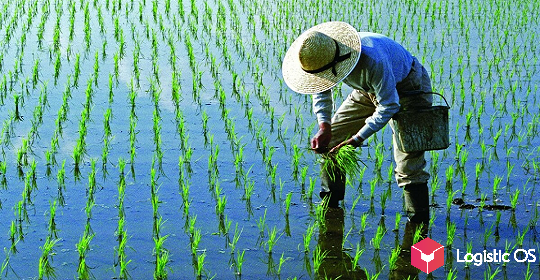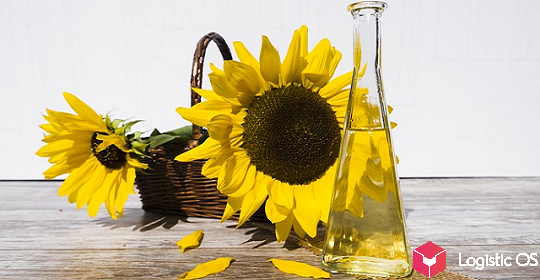This is noticeable in European countries: for example, in Hungary, products increased in price by 43% over the year, in Slovakia — 29%. The trend has not bypassed Russia.
According to statistics, over the past year, from March 2022 to March 2023, food prices have risen by an average of 2.5%, and if we compare the first quarters of these two years, then by 7%.
However, the real rise in price can be much stronger, experts say.
After all, last March, prices rose sharply — the effect of the start of the CBO affected.
And now, if we compare current prices with the prices of last March, the growth is not very noticeable — but we must take into account that then they were already very high. Therefore, statistics can give a distorted view of reality.
As noted by Dmitry Rylko, Director General of the Institute for Agricultural Market Studies, prices have been growing noticeably throughout the world over the past year, but now this process has slowed down, since the main geopolitical risks have been “played out” by the market.
In addition, last year we managed to collect good harvests in almost all countries most important for food security in the world.
As for Russia, a record harvest has been harvested here, and the export duty makes it unprofitable to export grain abroad, so a large amount of grain has accumulated inside the country and puts pressure on prices.
Whether food will rise in price further on the territory of the Russian Federation depends on several factors.
For example, from the exchange rate of the ruble: the lower it is against the dollar, the stronger inflation within the country.
Much also depends on what kind of harvest this year will be able to harvest: if it turns out to be large again, the risks of inflation are less.
How much have food prices risen in Russia?
Depending on the categories, they showed uneven price growth.
For example, tomatoes added as much as 18% compared to last spring, grapes rose in price by 7%, pears — by 5%, eggs — by 4%, flour — by 1%.
The rise in prices may continue, warns the head of the Central Bank of the Russian Federation Elvira Nabiullina.
“Our vision assumes a gradual increase in inflationary pressure until the end of the year. We see pro-inflationary risks.”
Potatoes may rise in price: so far it has added about 4.5% in price, but in the summer months, imported potatoes account for a significant share of the Russian market (our own has already ended).
In addition, this year there may be a reduction in production. For example, in the Bryansk region this time they plan to sow 50,000 hectares less potatoes than a year ago.
But Doctor of Economic Sciences Dmitry Valigursky believes that all products will rise in price by 10-15%, as the cost of production is growing.
For example, agricultural machinery almost doubled in price over the year, which cannot but affect prices in stores.

